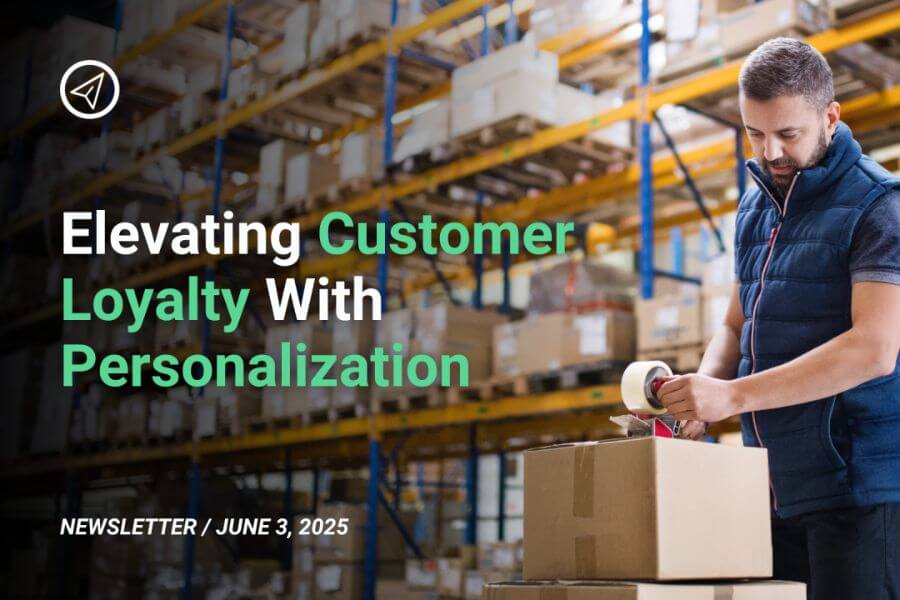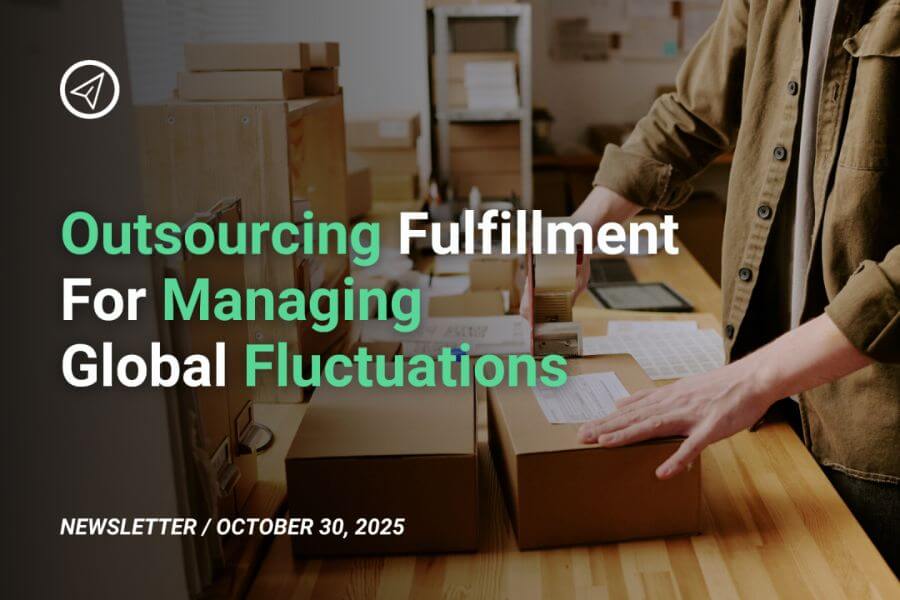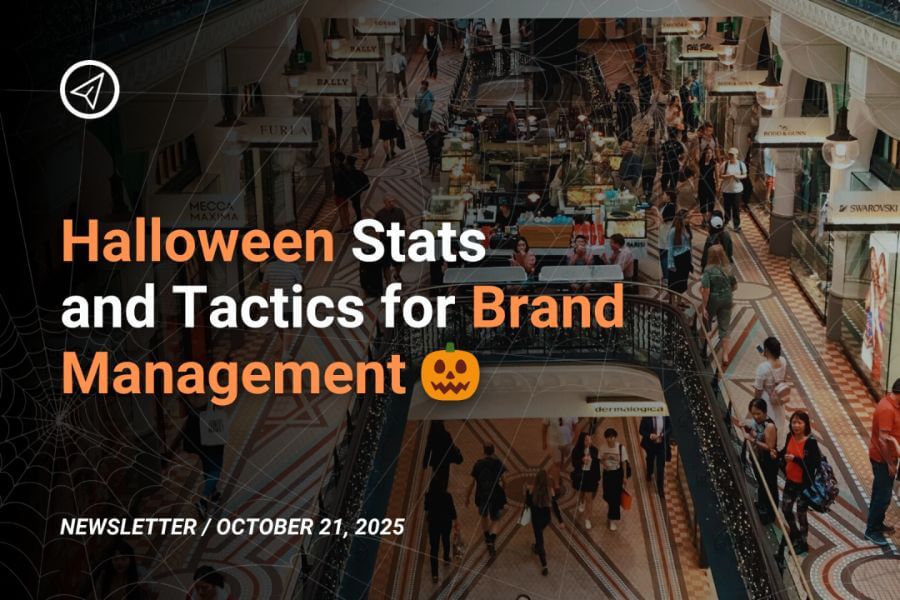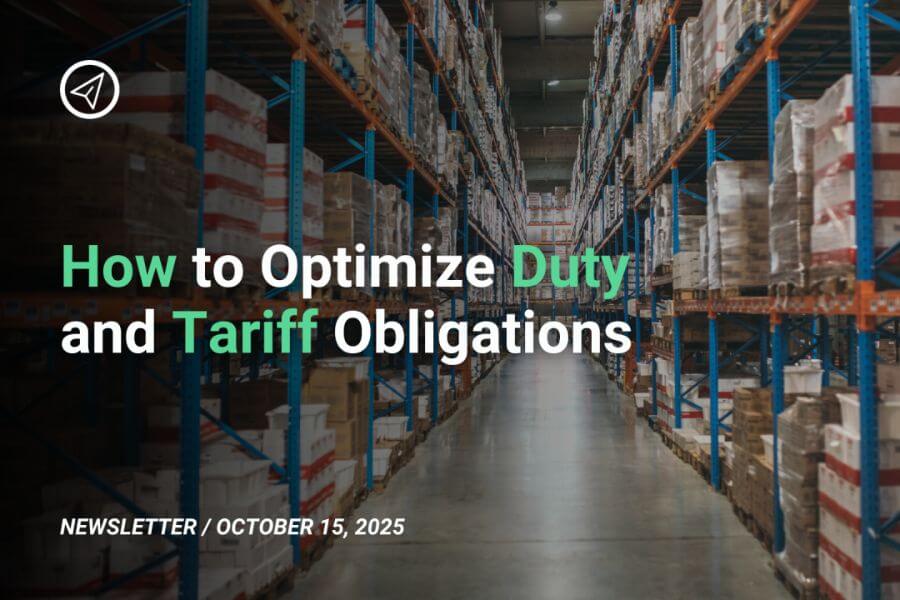>>> Read newsletter on LinkedIn <<<
Ecommerce businesses face an ongoing challenge: capturing customer attention and building lasting relationships. One strategy has consistently proven effective: personalization.
Personalization in ecommerce is the practice of tailoring the shopping experience to individual users based on their behavior, preferences, demographics, and previous interactions. It’s no longer just a luxury; it’s a critical step to ensure customer retention. Brands that embrace personalization not only improve user experience but also build trust and loyalty, leading to long-term revenue growth.
Why personalization matters
- Customer expectations have changed: Modern consumers expect brands to “know” them. In fact, according to a report by Epsilon, 80% of consumers are more likely to purchase from a brand that offers personalized experiences. Generic content and product recommendations are no longer sufficient.
- Boosts conversion rates: Personalized product suggestions, emails, and landing pages increase the likelihood of purchase. A study by Segment found that 49% of shoppers made impulse purchases after receiving a personalized recommendation.
- Enhances customer experience: When users feel understood and valued, their overall experience improves. This leads to longer site visits, higher engagement, and increased customer satisfaction.
Key personalization strategies
- Product recommendations: Utilize browsing history, purchase behavior, and wish lists to suggest products. Platforms like Amazon and Netflix have mastered this, setting the standard for tailored content.
- Dynamic content and email marketing: Send personalized emails based on customer behavior, such as abandoned cart reminders, birthday discounts, or recommendations based on past purchases.
- Loyalty programs: Tailor rewards and offers based on a customer’s purchase history. Giving VIP customers early access or exclusive discounts fosters a sense of exclusivity.
- Geo-targeting and language customization: Serve content in a customer’s native language and showcase region-specific promotions, currencies, or shipping information.
- Behavioral retargeting: Use data from previous visits to retarget customers with relevant ads and offers, increasing the chances of returning to purchase.
Technologies powering personalization
- Artificial Intelligence (AI) & Machine Learning (ML): Analyze vast amounts of data to predict user preferences and behavior.
- Customer Data Platforms (CDPs): Aggregate data from various sources to create unified customer profiles.
- Chatbots & virtual assistants: Offer real-time, tailored support and product suggestions.
Challenges to consider
- Privacy concerns: Transparency is key. Clearly communicate how data is collected and used, and give users control over their information.
- Over-personalization: Being too personal can feel invasive. Strike a balance to ensure recommendations feel helpful, not creepy.
- Data management: Effective personalization requires clean, well-organized data. Invest in tools that streamline data integration and analysis.
The takeaway
Personalization is more than a marketing tactic—it’s a strategy for building relationships. By offering a tailored experience, ecommerce businesses can deepen customer loyalty, increase lifetime value, and differentiate themselves in a crowded market. In a world where attention is fleeting, personalization is what turns one-time buyers into lifelong advocates.





